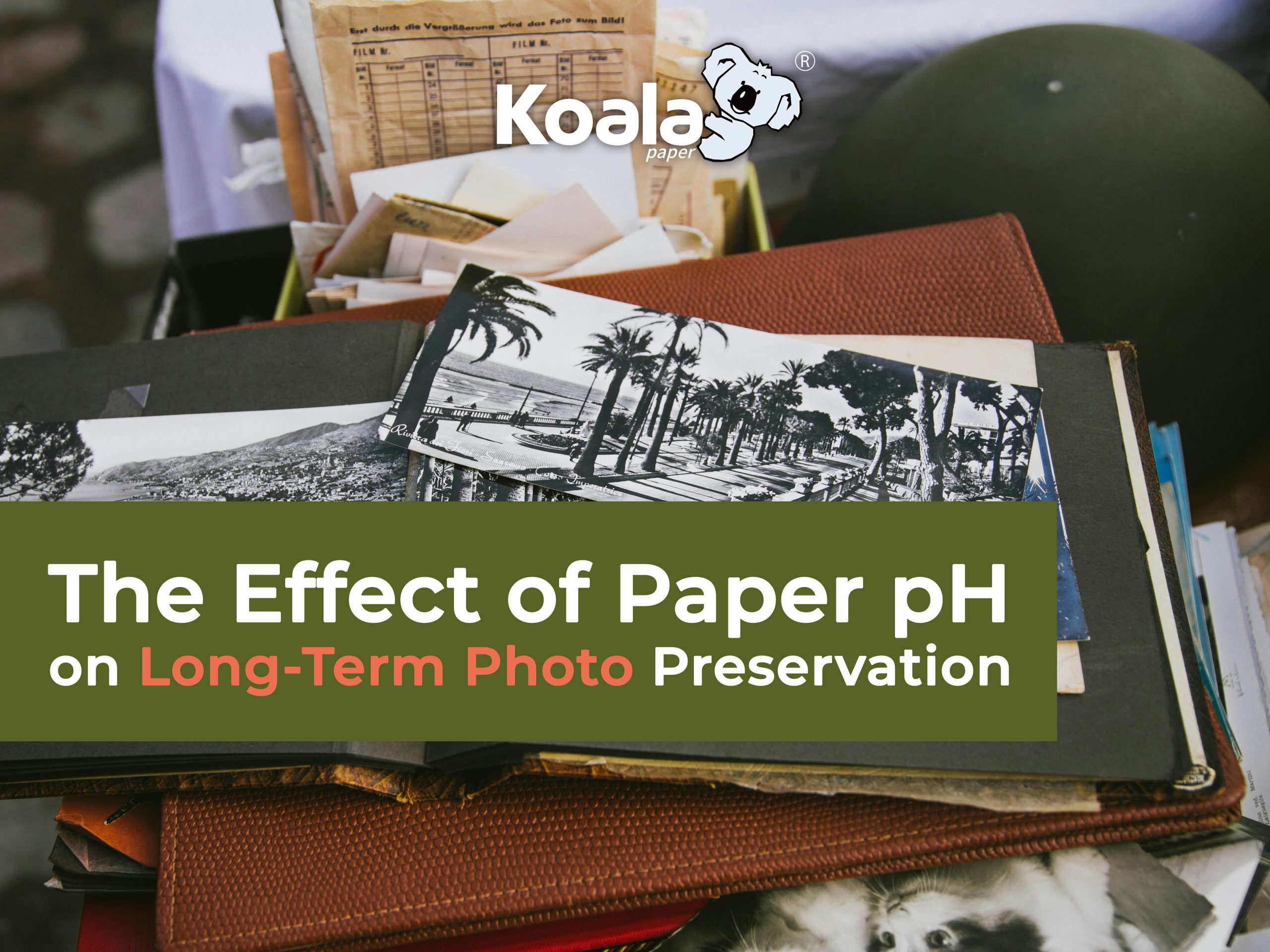Photographs allow us to preserve life’s meaningful moments and document important people, places and events for generations to come. Many value photos as keepsakes that help tell the story of our lives and families over time.
Introduction
● Photos as Valuable Keepsakes

、Photographs are a meaningful way for us to document the special people, occasions and experiences that have shaped our lives. They offer a window into the past, allowing us to revisit cherished memories and relive important moments across generations. Many see photographs as their most prized family possessions, preserving history and generational stories through invaluable visual records that will continue reminding us of where we come from for years to come.
● Factors Affecting Photo Preservation Quality

While photographs allow us to preserve precious memories, they are unfortunately susceptible to deterioration when exposed to environmental factors over extended periods. Elements like light, heat and humidity can accelerate the natural aging of photographic materials. Significantly, the chemical properties of the paper substrate used impacts long-term preservation. In particular, the acidity level of photo paper fundamentally influences how long images maintain their quality before visible changes set in.
This article will examine how the acid content within photographic paper correlates with the rate of color fading in print images. It will explore the underlying chemical processes involved and identify paper characteristics that can optimize image stability and lifespan. By illuminating the relationship between paper pH levels and photo deterioration, readers will gain useful insights for making informed choices to conserve their treasured family photos and recollections for generations to come.
Physical Principles of How Paper pH Impacts Photos

● Mechanism of Acid Sensitivity
The process of dye degradation in photographs begins with hydrolysis, where acids act as a catalyst breaking down dye molecules into smaller fragments. Color photography relies on complex dye ring structures that enable light absorption and produce hues. Acids promote the opening of these dye rings, altering their light-absorbing properties which brings about color shifts over time.
Furthermore, acids induce dye oxidation as oxygen reacts with broken-down fragments, removing electrons from their molecules. This converts degraded dye pieces into more stable yet colorless compounds. Both hydrolysis and oxidation are exacerbated in acidic paper environments, swiftly degrading dyes andleading to visible fading with the passage of years. The presence of acids hastens these chemical reactions that undermine dye stability, ultimately accelerating the rate of photographic deterioration.
● High Acidity Accelerates Image Fading
Scientific studies show photos printed on acidic paper exhibit noticeably faster fading than those on alkaline paper when exposed to light over time. As paper pH decreases from 7.0 to 5.0, dye stability falls exponentially. Within just 20 years, photos on pH 5 paper may show considerable fading while the same image on pH 7.5-8 paper appears relatively fresh still.
Research has demonstrated the rate of dye degradation doubles with each single unit decrease in paper pH level. Therefore, photographs printed on pH 6 paper will undergo changes twice as rapidly as those on pH 7 paper. This accelerated effect arises because acids donate hydrogen ions that compromise dye molecule stability, greatly increasing susceptibility to heat, light and oxidative degradation. Choosing paper more judiciously can significantly prolong photo lifespan by lowering the acidic environment that catalyzes color fading.
pH Level Data of Different Paper Grades
● Art Paper Vs Regular Photo Paper

Art paper typically has pH levels in the 5.0-6.0 range owing to wood-based pulps and fillers used during production. In comparison, photo papers intended for basic home printing generally have pH levels around 6.5-7.0. However, both art and regular photo papers become increasingly acidic with extended air exposure due to atmospheric pollutants lowering their inherent pH over time.
● Album Grade Vs Archival Grade

The longevity of printed photos depends greatly on the paper they are produced on. Papers designed for archival storage are engineered to maximize dye stability over decades. Through stringent manufacturing standards, certified archival papers maintain a basic pH well above neutral.
Independent testing has evaluated pH changes over 50 years for various photo papers. Regular album papers dropped closer to neutral, while archival papers only mildly decreased pH despite decades of exposure. This minor difference translates to a dramatic divergence in fade resistance. Dyes on archival paper retained vibrancy over 100 years with proper care.
Regular album papers offer improved durability compared to standard print papers. However, archival certification provides the highest assurance of multi-generational preservation against environmental acidification. When permanence is paramount, archivally-produced photographs benefit from the engineered alkaline buffering of these connoisseur-grade papers. Overall, archival papers represent the most effective economical solution for photographic heirlooms intended to withstand the test of time.
Acid Buffering Coatings and Their Effects
● Working Mechanism of Protective Coatings
Many permanent photo papers feature protective coatings that buffer against acidity. These coatings often leverage calcium carbonate, an alkaline compound, to counter existing acids on or within the paper. The calcium carbonate engages hydrogen ions from acids prior to degradation of dye layers. Additional polymers establish physical obstacles restricting moisture, gases and airborne contaminants from permeating into photographs over lengthy display.
● Examples of Slowed Oxidation Rates
Protecting photograph dyes from degradation over long periods is crucial to preserving memories. Scientists have found effective methods through various paper and coating technologies.
Research tested the impacts of different paper substrates and coatings using accelerated aging simulations. Prints made on papers with alkaline barriers like calcium carbonate fared far better than non-coated alternatives. Additional polyethylene layers provided further improvements, with color recovery of faded samples after relocation.
Long-term field studies show images printed on papers plus protective coatings can retain high quality for centuries. The dual approaches work together to maintain pH levels preventing oxidation reactions on dyes. Proper material selection considering storage conditions can significantly extend visual lifespans.
By mimicking archival storage benefits, optimized coated papers synergize with paper chemistry to strengthen resistance against environmental breakdown. This allows treasured moments in snapshots to remain vividly visible across generations enjoying windows to history. Customized layering marries paper stability with multi-factor shielding for excellent photographic memory preservation prospects over long periods. With advanced solutions, memorable images gain potential for engaged appreciation centuries later.
Conclusion
In summary, photo paper’s acidity level considerably impacts the long-term preservation and stability of image dyes. Scientific research has clearly revealed the chemical mechanisms by which paper pH influences dye degradation and fading. Understanding these principles enables photographers to make informed selections regarding paper to maximize treasure photographs’ lifespan. Referencing certification standards provides assurance that archival papers will reliably maintain an alkaline reserve to neutralize acids for decades ahead. With judicious paper choice and proper storage, images can remain in good visual state as heirlooms handed through generations. While no single discussed factor alone guarantees permanent preservation, following best practices involving paper grade, protective layers, care and exhibit/storage environments can substantially slow natural aging. This permits photographs to retain their capacity to evoke memories and document history well into the distant future.
